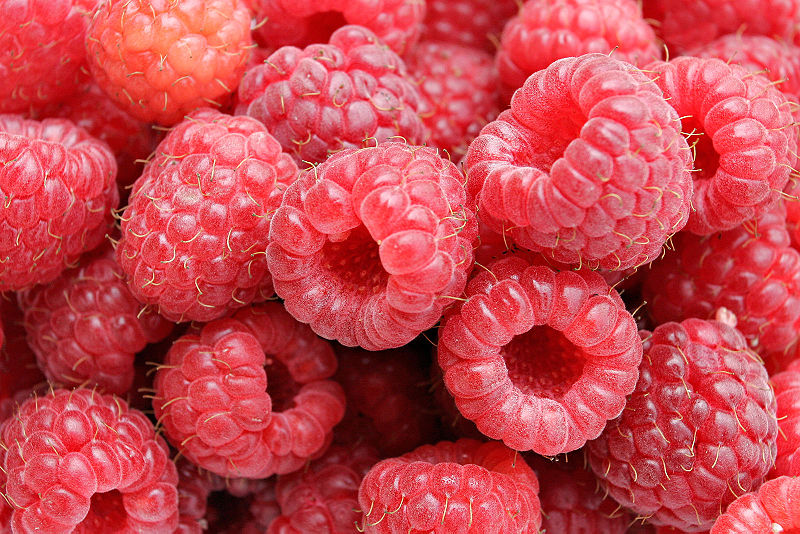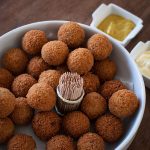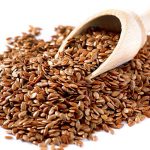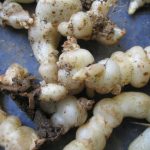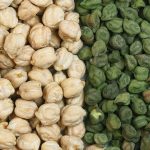Grown for sale on the fresh fruit markets, commercial processing, or for use as dried fruit, raspberries are a big favourite with many around the world.
They can be eaten in a variety of ways, either freh, puréed, juiced, frozen or dried.
So can guinea pigs eat raspberries, if so how much of it can be eaten.
In particular their acidic, fat, calcium, sugar and phosphorus content.
Raspberries, raw
Nutritional value per 100 g (3.5 oz)
Energyt220 kJ (53 kcal)
Carbohydratest11.94 g
– Sugarst4.42 g
– Dietary fibert6.5 g
Fatt0.65 g
Proteint1.2 g
Thiamine (vit. B1)t0.032 mg (3%)
Riboflavin (vit. B2)t0.038 mg (3%)
Niacin (vit. B3)t0.598 mg (4%)
Pantothenic acid (B5)t0.329 mg (7%)
Vitamin B6t0.055 mg (4%)
Folate (vit. B9)t21 μg (5%)
Cholinet12.3 mg (3%)
Vitamin Ct26.2 mg (32%)
Vitamin Et0.87 mg (6%)
Vitamin Kt7.8 μg (7%)
Calciumt25 mg (3%)
Iront0.69 mg (5%)
Magnesiumt22 mg (6%)
Manganeset0.67 mg (32%)
Phosphorust29 mg (4%)
Potassiumt151 mg (3%)
Zinct0.42 mg (4%)
(source: Wikipedia)
As you can see raspberries contain a hint of phosphorus, calcium, and fat and contain a little sugar. The are also a little acidic.
They also contain a nice amount of vitamin c.
With this in mind there is not much wrong with them, it’s just their acidic content stops them from being fed daily. Every other day, say three or four times a week should be plenty for them. But they are great fruit for piggies to have.

